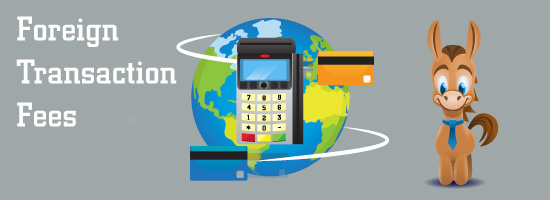
It would take thoughtful and lengthy negotiations, as well as considerable restructuring, labor, pension, and fiscal policy expertise, to design a workable restructuring plan that would receive the support from a majority of stakeholders and be considered as feasible by the US Federal judge overseeing the bankruptcy process.

And so here we were facing what became this enormous task with so many different issuers, with so many different elements of claims within the plan.” The long road to restructuringįrom the outset, any successful financial restructuring plan would require balancing legal obligations to the island’s many creditors against the health, safety, and financial well-being of the families living and working in Puerto Rico. “A sovereign debt restructuring is much less regulated,” says Natalie Jaresko, the Oversight Board’s Executive Director. Puerto Rico filed for bankruptcy protection under Title III of the new law shortly after that, in May 2017. This legislation established a Financial Oversight and Management Board, a comprehensive process for restructuring Puerto Rico’s debt and expedited procedures for approving critical infrastructure projects. Without federal action, the outcome was expected to be complex, disorderly, contentious and protracted - both among competing creditor classes and against the Commonwealth.Īs a result, in the Summer of 2016, the US Congress negotiated and passed federal legislation: the Puerto Rico Oversight, Management, and Economic Stability Act (PROMESA).

By 2016, Puerto Rico’s population had declined by more than 10%, one of the largest population declines from a US state, territory, or municipality in the last 100 years.įurther complicating matters, Puerto Rico lacked a comprehensive legal framework to restructure its debts and bind dissenting parties if a payment default occurred. The fiscal distress also sparked the largest wave of outmigration in Puerto Rico’s history, as residents fled the island in search of better opportunities. The limited cash on hand also created a crisis that caused the government to freeze public employee wages, raise taxes, underfund the retirement systems, cut supplies and other provisions to schools and hospitals, and defer maintenance on energy and water systems. By 2017, government cash holdings declined to as little as US$15 million for an island with a US$28 billion consolidated budget and 3.3 million residents. Persistent deficits and unsustainable borrowing left Puerto Rico’s government without sufficient funds to pay its debts, honor its pension obligations to public workers, and adequately fund crucial public services.

The government was inefficient, and it was just clear that everybody, across the board, had to sacrifice to get things back on track.”īy the time the Commonwealth of Puerto Rico filed for bankruptcy in 2017, the island was struggling under a complex web of US$70 billion in debt issued by more than a dozen government entities and had virtually no money set aside to fund its US$55 billion pension liability.Ī combination of complex factors over many decades - changes to the federal tax code, international trade agreements, the global financial crisis, and the loss of Puerto Rico’s financial competitiveness in critical sectors - diminished the island’s prospects for economic growth and led to structural shortfalls that evolved into a fiscal and economic crisis. “It was clear that Puerto Rico was in deep financial distress,” says David Skeel, Chairman of the Oversight Board appointed to help the Commonwealth get back on track.


 0 kommentar(er)
0 kommentar(er)
